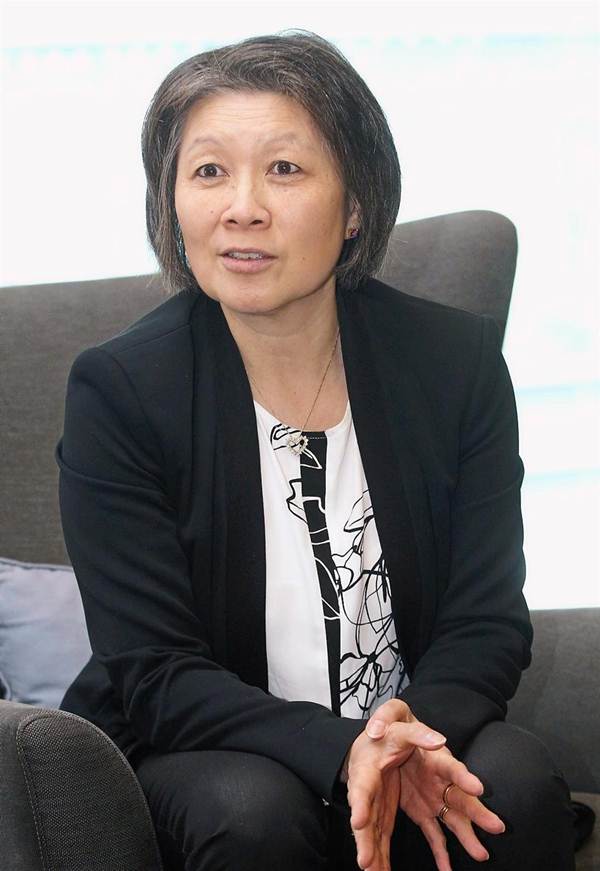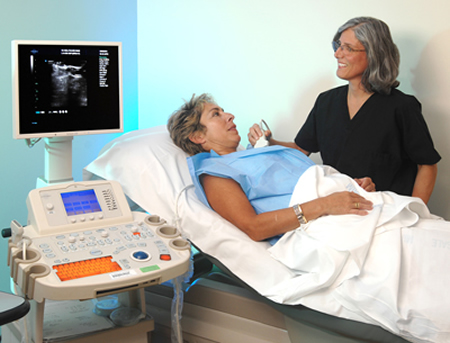
The risk of developing the disease increases with age, but Asian women are being diagnosed at a younger age compared to their Western counterparts.
“The peak age of breast cancer is about 10 years younger in Asia. There is also a suggestion that there may be a difference in the tumour biology of women diagnosed with breast cancer in Asian nations as compared to Western nations.

“This will have a consequence in the treatment recommended for these patients, with the aim of trying to improve survival rates. The main difference that impacts survival is the stage at which patients are presented,” says Professor Arlene Chan, a medical oncologist at Curtin University’s School of Medicine in Australia.
Prof Chan was part of a team involved in the Lancet Oncology Commission to identify countries with a high population density and socio-cultural ethnic attitudes that would impact the disease in terms of patient presentation and acceptance of treatment.
She was presenting the findings at the inaugural Specialists Conference organised by Ramsay Sime Darby Health Care in Kuala Lumpur last week.
Approximately 10% to 25% of breast cancer patients in Asian countries present with de novo metastatic disease, compared to only 3% to 5% in Europe and United States. This means they are diagnosed as stage IV or advanced, from the start.
The disease profile in these patients is more severe, whereby higher proportions of local advanced tumours are seen and distant metastases detected, and multiple metastatic sites are more likely.
Prof Chan says, “The proportion of patients presenting with stage III, which although considered potentially curable, has a much higher relapse rate than stages I and II. In Australia, about 10% to 12% of patients might present with stage III, whereas in certain parts of Asia, such as China and India, the rates are up to 35% to 40%.”
A number of factors were identified for this spike, and these include the lack of screening programmes, population density, scarcity of resources, and cultural restrictions and limitations.
“In India, for example, women do not present themselves even when they feel a lump, for fear of bringing shame to the family; a lack of understanding on whether treatment can be delivered; fear of surgery; and unavailability of drugs. The same applies with metastatic and locally-advanced cases. These are large, potentially fungating, ulcerating tumours that also tends to be in a younger age group,” she says.
A fungating wound is a result of cancer that is growing under the skin, breaking through it to create a wound. As the cancer grows, it blocks and damages tiny blood vessels, which can starve the area of oxygen. This causes the skin and underlying tissue to die.
Prof Chan adds, “There is data to show that breast cancer occurring in those under the age of 30 or 35 may have worse biological behaviour.
“In terms of oestrogen-positive breast cancer, the standard of care is anti-oestrogen treatment to reduce the risk of relapse, yet in the study, it was found that there is a high likelihood that a Chinese would decline treatment. For patients who decline conventional treatment, their outcome and data never get collected.”
According to a 2016 report Breast Cancer in Asia: The Chal-lenge and Response, written by The Economic Intelligence Unit and commissioned by Pfizer, the Malay-sian age standardised rate (ASR) of incidence is 38.7 per 100,000 a year, which is below the global mean, but mortality is at 18.9, 47% higher than the world figure!
Breast cancer is the most well-researched form of cancer, and if caught early, it is largely treatable. In well-off countries in the region (South Korea, Hong Kong, Austra-lia, Japan, Taiwan, Singapore), the five-year survival rate is typically between 80% and 92%, with five countries having figures roughly comparable to that of the US.
But, data indicates that progress against the disease is highly uneven in the region, with five-year survival rates in developing countries such as Thailand, India and Malaysia, far behind their developed country counterparts.
Of the 10 countries studied, Malaysia ranked the lowest for five-year survival rate at 49%.
Although we have no central population screening, Dr Yip says small studies have shown that our indigenous population are more prone to this type of cancer.
Prof Chan says, “Aside from the high cost of drugs and technology, if healthcare providers can tailor for the socio-cultural-ethnic attitudes of that nation, we feel that it would make a big difference in terms of survival.”
Dr Yip concludes, “If you’re diagnosed early, you need not lose your breast or have chemotherapy. Even if they find something abnor-mal in the mammogram, you have to be counselled and educated first before acting on it.
“Self-examination is important.”
Source :-The Star

The progenies and the survival rate of the women for Inflammatory Breast Cancer majorly depend on few factors. The most important factors for determining the survival rate for the patient is the stage of the cancer, overall health of the woman, the past medical history and the spread of the cancer.